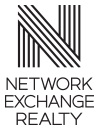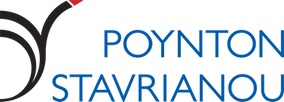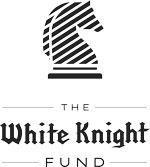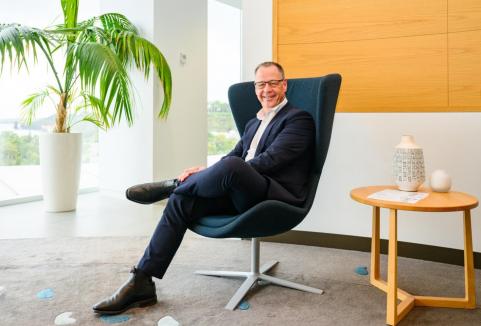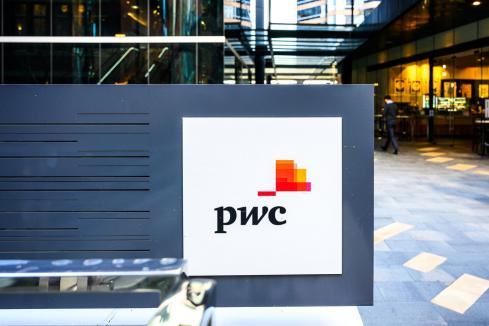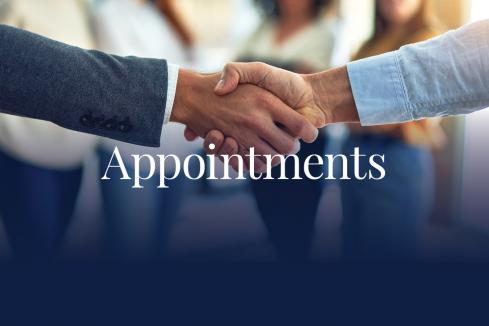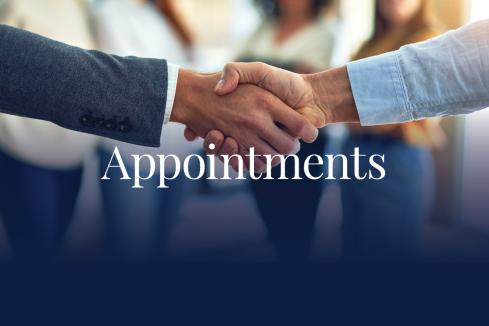This approach builds on the rapid blending of working from home and in the office.

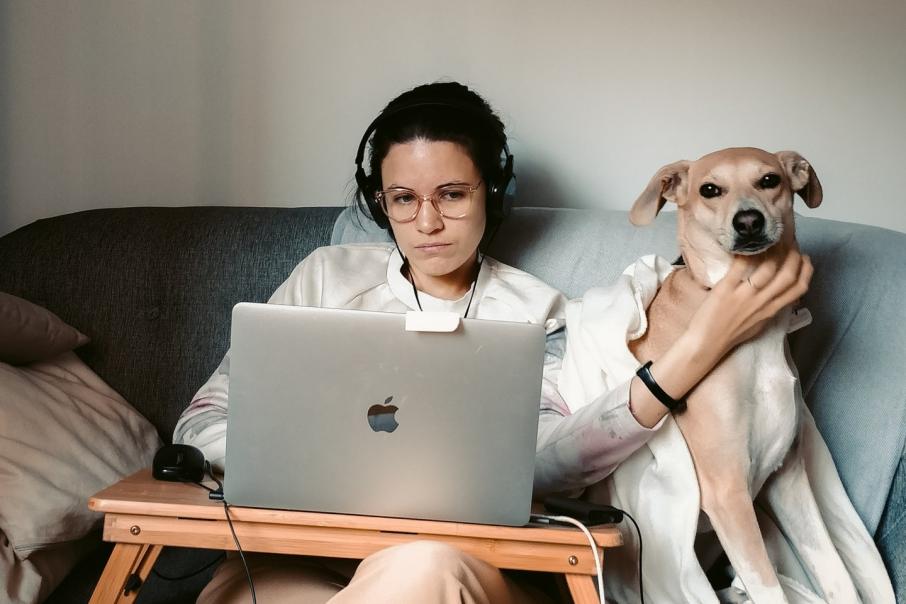
Big accounting firm PwC has announced a full-time remote work policy for its US workforce, making it possible for most of its staff to work from anywhere in the country.
This follows similar moves from Australian software company Atlassian and Microsoft earlier this year.
Microsoft already had a flexible work policy in place for many of its staff before the COVID-19 pandemic.
These policies mark an inflection point in the way we work.
Work has changed permanently and while it’s not going to be a full-time return to the office, it won’t be entirely remote work either.
It will be somewhere in between, with hybrid work.
Future is hybrid
“Hybrid work is the flexibility between being able to work from home and in an office, which has been highlighted from COVID,” says Samantha Hall, principal director of Fremantle-based Campus Intuition and Spaces Alive, which specialises in making spaces more friendly to its users.
“In a hybrid model, people work in spaces best suited for the kind of work they are doing.
“People like to come into the office for the interactions and collaborations with people.
“They like to stay at home for focused work and concentration activities, so hybrid is working out how you fit these together.”
Creating the hybrid
But, of course, how this works is still being figured out and will vary from organisation to organisation.
“The challenge is how do you give people freedom and flexibility, but also ensure that your teams are in the workplace at the same time and creating that magic and collaboration,” Dr Hall says.
“It’s a really difficult time at the moment for organisations to try and trade this way and figure out what hybrid means for them and their staff and their organisation.”
Part of this will also involve retrofitting current physical spaces.
For example, companies are reducing floor space and providing shared desks. In these situations, you also need things like good storage and great technology.
“It has to be really seamless for people just to come in and start working,” Dr Hall says.
While there will be less demand for permanent desks, there will be more demand for collaboration spaces, meeting areas and even kitchen space to allow for people to run into each other, have a conversation and allow that “magic to happen”, she says.
It’s about time
But hybrid work is just as much about work spaces as it is about how and when the work is done.
“Hybrid means you don’t have to work nine to five, you can work five am until two and then do stuff with the kids for a couple hours at night,” Dr Hall says.
“So, it’s really challenging this old, crazy eight-hour, nine to five workday that we all seem to be stuck on.”
Being in the flow
But what makes Dr Hall most excited is how this approach can support different work styles to maximise productivity and happiness.
“[Hybrid means] tapping into your own personal flow and knowing what makes you work better, and where do you work best, and maybe nine to five is not suitable for you,” she says.
“Personally, I work early in the morning and late at night … my two best flow periods that don’t necessarily fit in office.”
This boost to employee satisfaction in being able to work when, how and wherever they want may help to address staff turnover in what’s being called the ‘great resignation’, which has kicked off in the US.
“People are leaving US jobs in droves because they aren’t happy and they realise they’ve had this reflection during COVID – ‘this isn’t for me and it doesn’t fit my lifestyle’,” Dr Hall says.
Australian organisations already implementing hybrid work may be able to reduce the impacts of the great resignation when it reaches Australian shores.
• Dr Kate Raynes-Goldie is a multi award-winning designer, researcher, futurist and certified facilitator of LEGO Serious Play. She is also the CEO of Lovego, where she is improving the dating experience for business women.








